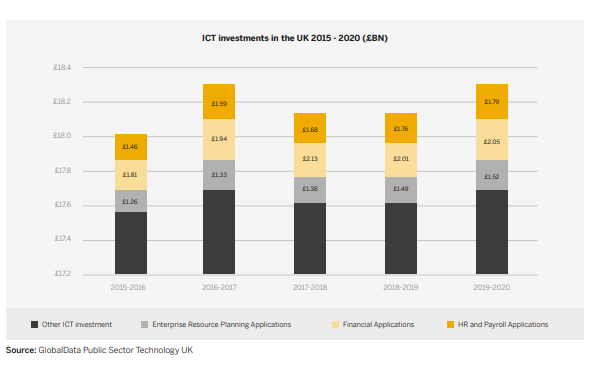Specialist spend management systems, comprising of travel, expense and invoice management, are still a novelty in parts of the public sector, but activity continues to grow.
With more advanced solutions and broader understanding regarding the benefits of such tools, the number of frameworks and contracts awarded for spend management solutions increased from 2015 to 2020, not only in volume but in size and complexity of what is delivered to clients.
While it may seem tempting for some organisations to just use Excel or paper-based systems, due to their low initial cost, spend management systems actually deliver an excellent return on investment. When factors such as loss of productivity due to inefficient reporting and incorrectly inflated mileage expenses are accounted for, the true cost of paper and Excel-based systems is revealed, and can easily surpass the initial investment required in an automated system. In addition, from the perspective of employees, a manual process usually means a slow-to-pay process, leaving them to wait for weeks to get their claims refunded.
A paper-based spend management system brings several efficiency disadvantages and requires complicated logistic processes in the background. Employees are required to save their receipts and send them by post or personally bring them to the office for these to be scanned and logged, categorised and approved so that expense claims can be paid. The manual process involves an intensive workload for account payable staff on Excel and receipt handling, and also provides a more limited view to management of planned and forthcoming spending. Spend Management platforms provide public sector departments with the crucial end-to-end view of expenses.
The public sector is ripe for the adoption of more advanced and efficient technologies, including spend management solutions.
The public sector is ripe for the adoption of more advanced and efficient technologies, including spend management solutions. Despite the lengthier purchasing process, the evolution of public sector work practices is key to ensuring services improve and become more efficient.
According to the Office for National Statistics (ONS), which tracks public sector productivity in the UK, 2019 saw consecutive quarterly declines in overall public sector service activities despite an increase in personnel, meaning that frequently, productivity issues may relate to how the work is done, and not by whom.
On the other hand, in some parts of the public sector, such as local government, where there is a shortage of staff, new technologies may allow an increase in workforce productivity.
Since 2013, when the Coalition Government headed by David Cameron established new guidelines on Cloud First and digital transformation policies, investments in technology have increased. From 2015 to 2020 for example, more than £72bn was invested in transforming and maintaining ICT for public services, of which, £2.9bn was invested in financial applications, ERP-related contracts, and HR and payroll systems, representing 4% of the total.

The investments brought significant changes on how the state operates and resulted in a sharp increase in cloud-based software adoption in the UK public sector. The impact of these investments has not been uniform across all segments of the public sector, due to different budget availability and varying levels of awareness of available solutions.
Learn more in the rest of this report, available here.